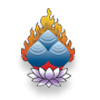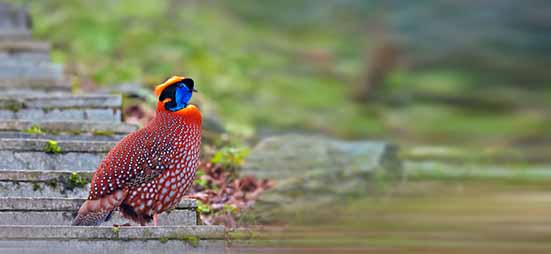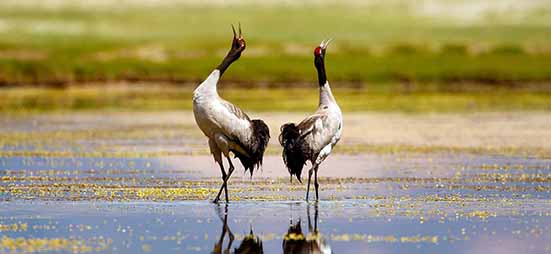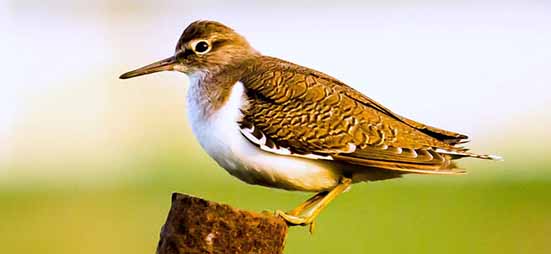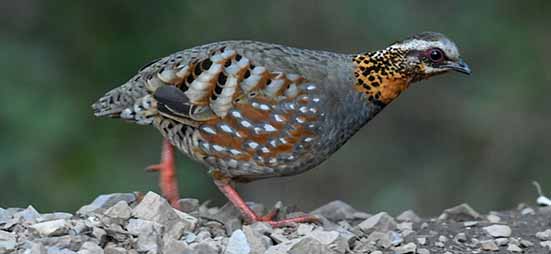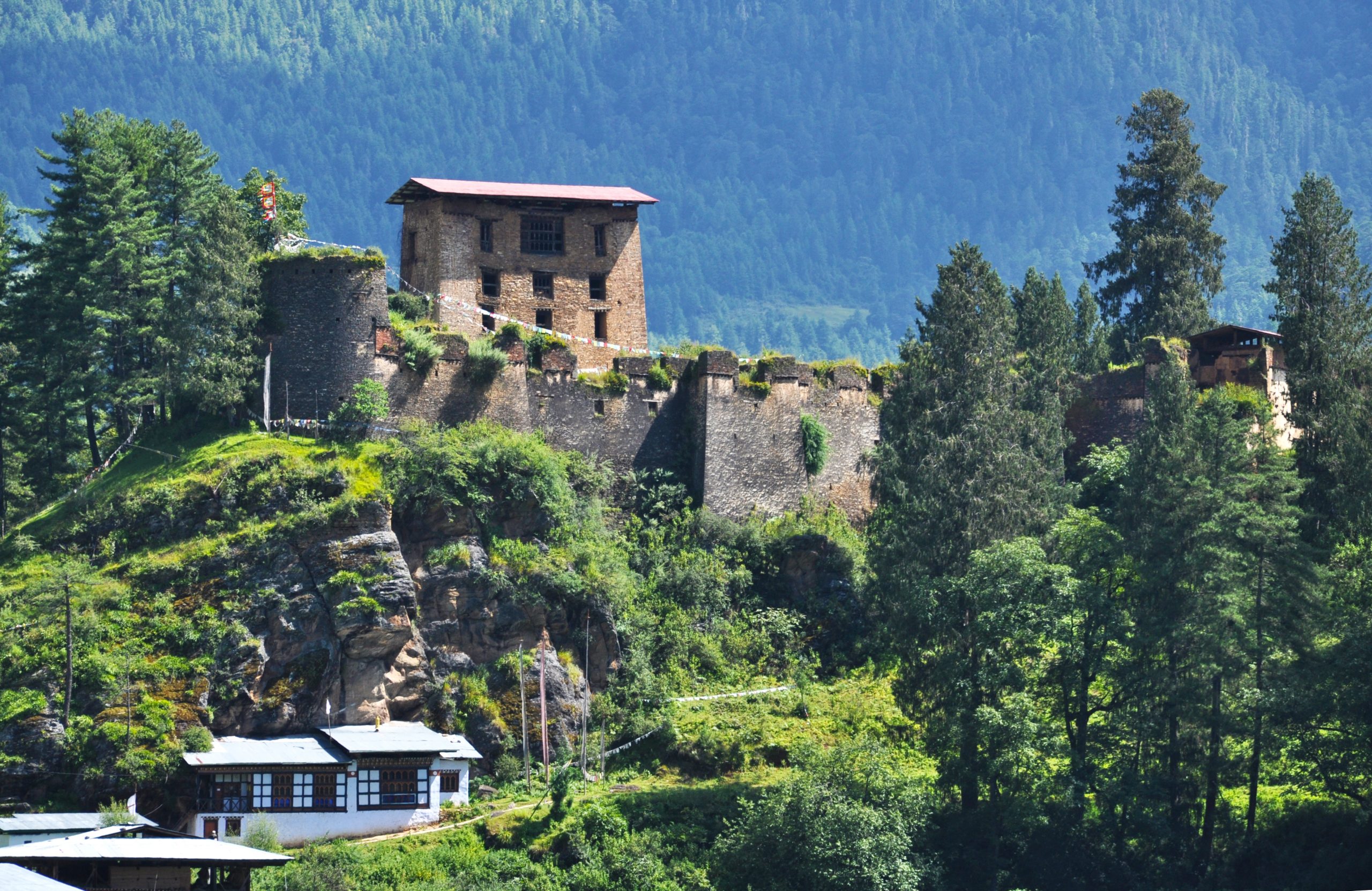Despite its small size about 770 species of birds have been recorded in Bhutan and the kingdom is recognized as 221 global endemic birds areas. Within country’s borders there are extraordinary range of habitats, from some of the Himalaya’s most extensive and least disturbed tropical forests to cool broad leaved and towering evergreen forests of fir, hemlock and spruce.
The entire country is bisected by well maintained paved road and birding especially in mid to late spring (late March to late May) is good virtually anywhere below 3,100 m. Unlike many part of Asia, one is not obliged to seek out a park or reserve or remnant patch of “good looking” habitat, since at any stop even in the midst of farmland, exciting birds are visible. The mixed broadleaf forests are much richer, and therefore more exciting for birding, than the rather slow growing monotypic stands of blue pine and particularly chir pine.
Birding Tour
More special tours
Motorcycle Safari (A)
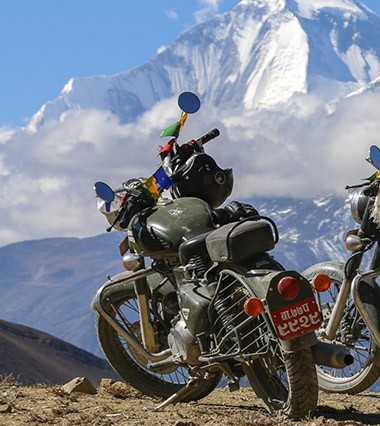
Motorcycle Safari (B)
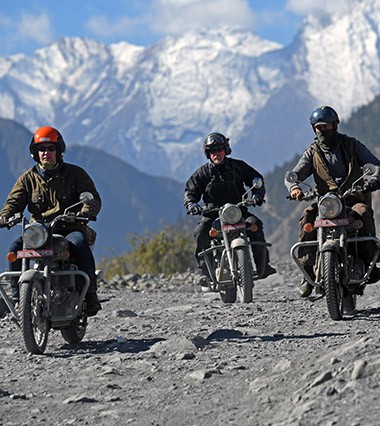
Textile Tour
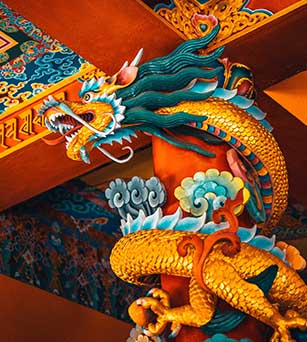
Birding Tour
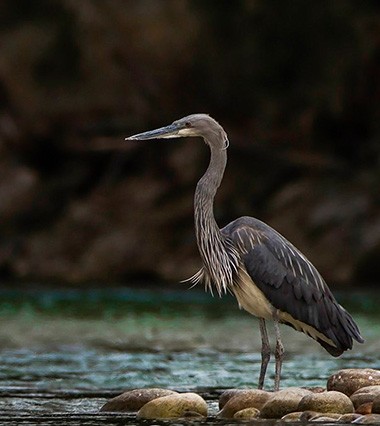
The Himalayan Experience
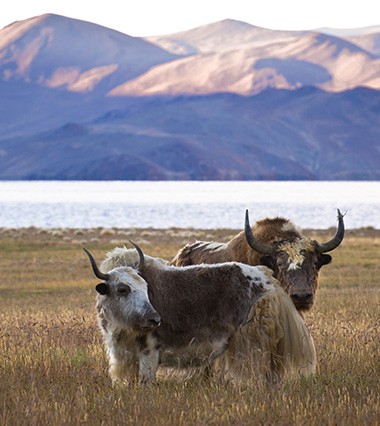
Himalayan lodges and retreats
Want to make reservations ahead of time? Consider our line-up.

The Village lodge Bumthang
Bumthang is a religious central hub, and one of the most desired tourist destinations in Bhutan.

The Valley Camp Phobjikha
The valley camp is a one of a kind retreat that offers cozy rooms and amenities.

The Village Lodge Paro
Paro is home to many fascinating things. Experience the relaxing lifestyle in the village.

Taktsang Village Resort
Paro has many highlights for tourists. One of the most beautiful of Bhutan’s valleys.
We provide service for parties of all sizes.
Enjoy our premium service whether you’re a solo traveler or coming with a group!


Things you should know
The Daily USD 100 Sustainable Development (SDF) Fee.
Foreign visitors to Bhutan must pay a sustainable fee of USD 100 per day.
The Minimum Daily Package Rate (MDPR) has been removed.
Tourists will be able to engage service providers directly and pay for their services accordingly.
Which season to visit?
The best time to visit the country is during the Spring and Autumn seasons. There are many festivals and sights to see during these times of the year.
How to get here?
There is one international airport in the country. Regular flights are conducted by the two airlines; Druk Air and Bhutan Airlines. Contact us for more information on availability of flights to our country.
Preparing for the weather
Bhutan is a country that enjoys all four season of the year. Be sure to pack according to the season in which you intend to make your travel plans.
Embrace the culture
Prepare to embrace our culture while remembering to respect the way of life. Temples and Dzongs (Fortresses) require etiquette and proper dress codes.

